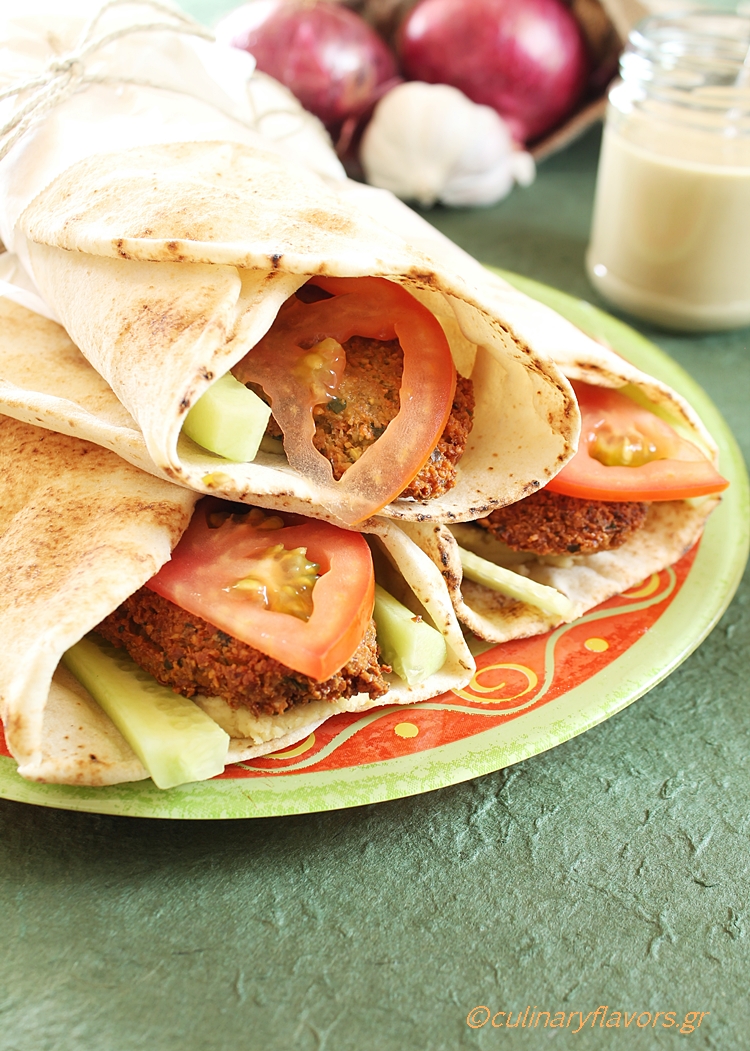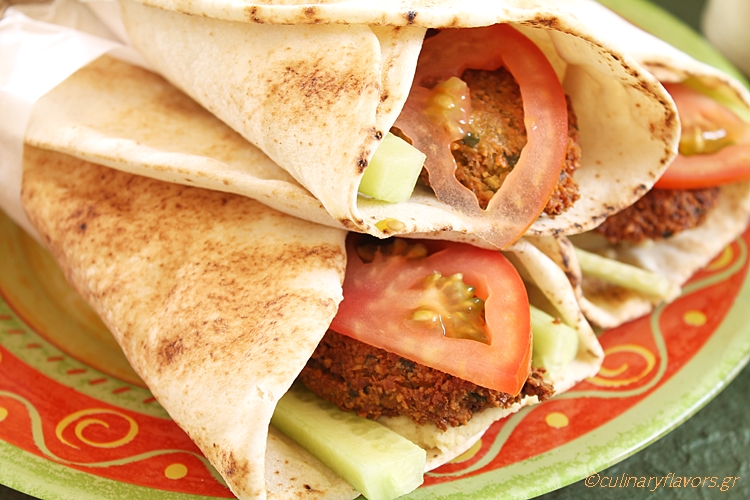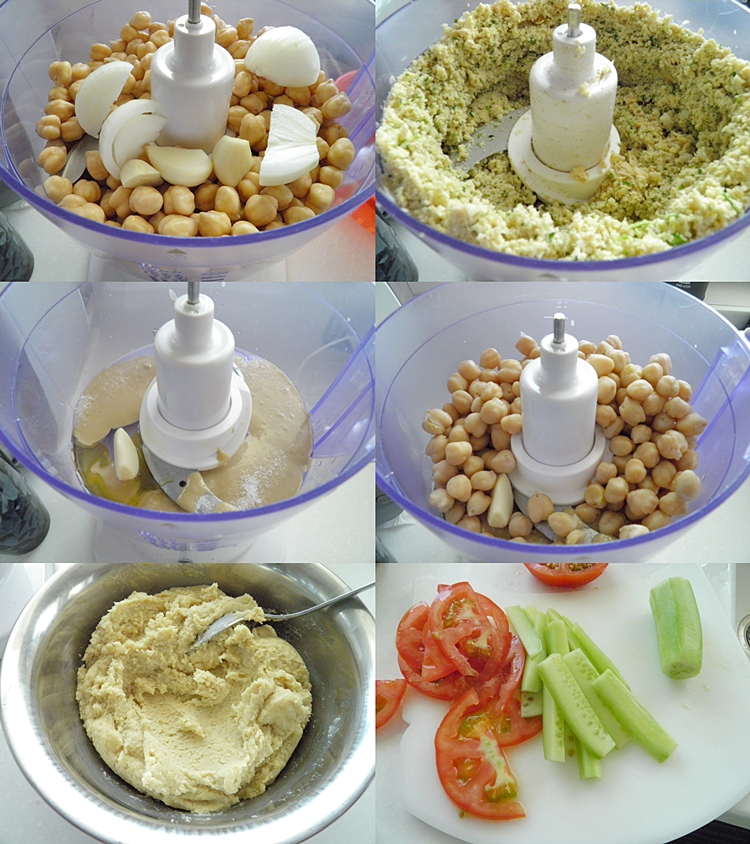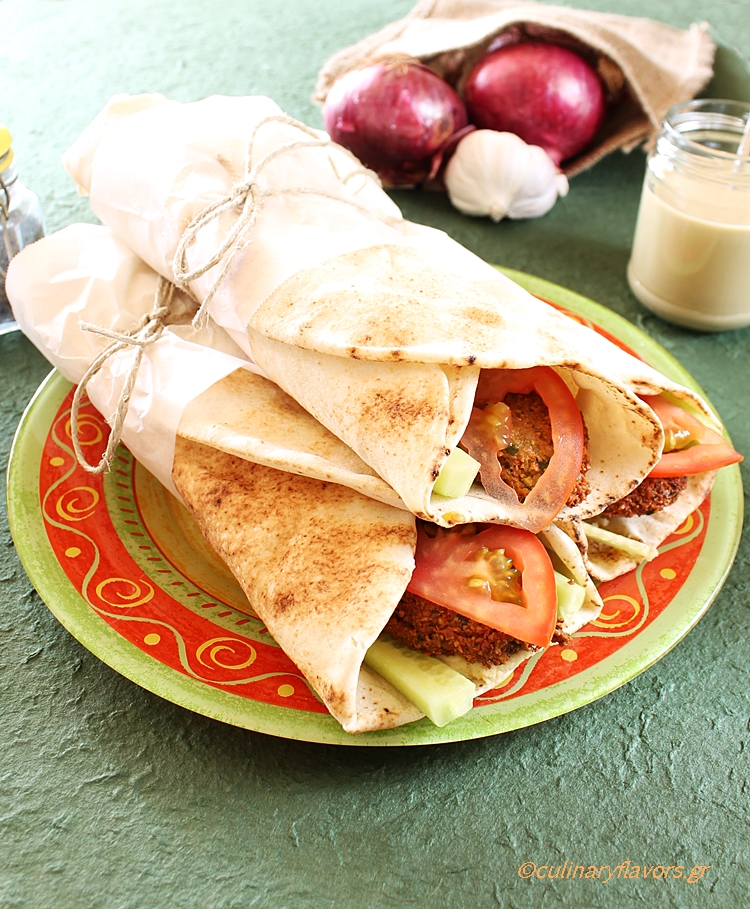 The Copts are one of the oldest Christian communities in the Middle East. Although integrated in the larger Egyptian nation state, the Copts have survived as a distinct religious community forming around 10 to 20 percent of the population though estimates vary. They pride themselves on the apostolicity of the Egyptian Church whose founder was the first in an unbroken chain of patriarchs. The main body for 16 centuries has been out of communion with both the Roman Catholic Church (in Rome) and the various Eastern orthodox churches.
The Copts are one of the oldest Christian communities in the Middle East. Although integrated in the larger Egyptian nation state, the Copts have survived as a distinct religious community forming around 10 to 20 percent of the population though estimates vary. They pride themselves on the apostolicity of the Egyptian Church whose founder was the first in an unbroken chain of patriarchs. The main body for 16 centuries has been out of communion with both the Roman Catholic Church (in Rome) and the various Eastern orthodox churches.
According to ancient tradition, Christianity was introduced to Egypt by Saint Mark in Alexandria, shortly after the ascension of Christ and during the reign of the Roman emperor Claudius around 42 AD. The legacy that Saint Mark left in Egypt was a considerable Christian community in Alexandria. From Alexandria, Christianity spread throughout Egypt within half a century of Saint Mark’s arrival in Alexandria, as is clear from a fragment of the Gospel of John, written in Coptic, which was found in Upper Egypt and can be dated to the first half of the 2nd century, and the New Testament writings found in Oxyrhynchus, in Middle Egypt, which date around the year 200 AD. In the 2nd century, Christianity began to spread to the rural areas, and scriptures were translated into the local language, today known as the Coptic language, but known as the Egyptian language at the time. By the beginning of the 3rd century AD, Christians constituted most of, much of Egypt’s population, and the Church of Alexandria was recognized as one of Christendom’s four Apostolic Sees, second in honor only to the Church of Rome. The Church of Alexandria is therefore the oldest Christian church in Africa.
In 641 A.D., Egypt was invaded by the Arabs who faced off with the Byzantine army, but found little to no resistance from the native Egyptian population. Under Muslim rule, Christians were second-class citizens, who paid special taxes, had little access to political power, but were exempt from military service. The Copts were cut off from the mainstream of Christianity, but they were allowed to practice their religion unmolested. Their position improved dramatically under the rule of Muhammad Ali in the early 19th century. He abolished the Jizya (a tax on non-Muslims) and allowed Egyptians (Copts) to enroll in the army. Khedive Isma’il Pasha, in power 1863–79, further promoted the Copts. He appointed them judges to Egyptian courts and awarded them political rights and representation in government. They flourished in business affairs. (Source: http://www.coptic.net/EncyclopediaCoptica/)
The origin of falafel is unknown and controversial. A well-known theory is that the dish originated in Egypt, possibly eaten by Copts as a replacement for meat during Lent and it was made with fava beans. The dish later migrated northwards to the Levant, where chickpeas replaced the fava beans.
I love falafel and I eat it every time I have it as a choice. This past weekend I decided to make it at home. They were simply delicious! Making falafel at home gives you the ability to control the amount of spices, garlic and onion you want to put plus you can choose the way of cooking it and the quality of oil in which they are cooked.
- 250 gr. / 9 oz. dried chickpeas
- 1 onion cut in half
- 2 garlic cloves
- A small bunch of parsley (about ½ cup chopped)
- 2 tbsp olive oil
- Juice of one small lemon
- 1 ½ tsp ground cumin
- 1 tsp salt
- ½ tsp baking powder
- 150 gr. / 5.5 oz. dried chickpeas
- 3 tbsp tahini
- Juice of one lemon
- 2 garlic cloves
- 1 tbsp olive oil
- Salt
- ¼ tsp cumin
- 5 large Arabian pitas
- Cucumber, cut in sticks
- Tomato, cut in slices
- Parsley, chopped
- The night before place chickpeas in two different bowls and add water to soak overnight.
- Next day we start by making the hummus.
- Drain the chickpeas for hummus and place them in a pressure cooker or in a conventional deep pot.
- If you use pressure cooker bring to boil, cover with the lid and once the steam starts to come out reduce to low and let them cook for two hours.
- In the conventional pot bring to boil and then reduce heat to medium/low and cook for about four hours.
- Once they are cooked the chickpeas must be really soft to give hummus a very smooth texture.
- While the chickpeas are cooked we can prepare the falafels.
- Drain the chickpeas for the falafel and add them to a blender
- In this same blender put all the ingredients of the falafel and blend until they are all finely chopped.
- Shape the falafels either rounded or as I did like sausages to fit better in the pitas.
- Let them stay on a parchment paper and proceed in making the hummus.
- Drain the hummus chickpeas reserving one cup of their water to add to hummus to become smooth.
- In a blender or food processor with the blade on add all the hummus ingredients plus the warm chickpeas (they should be warm) and pulse until everything is mashed.
- Start adding chickpeas water ¼ of a cup each time until you have the hummus consistency you like.
- I used ½ cup of water.
- Set aside and fry the falafels.
- In a deep skillet pour about one cup of olive oil and turn on fire to medium high heat.
- Gently place the falafels shallow fry them until deep golden brown.
- Take the Arabian pitas, spread some hummus, place the falafels and add some cucumber, tomato and parsley.
- Wrap and serve immediately.
- 250 γρ. ξερά ρεβίθια
- 1 κρεμμύδι κομμένο στη μέση
- 2 σκελίδες σκόρδο
- Ένα μικρό ματσάκι μαϊντανό (περίπου ½ φλιτζάνι ψιλοκομμένο)
- 2 κ.σ. ελαιόλαδο
- Χυμό από ένα μικρό λεμόνι
- 1 ½ κ.γ. τριμμένο κύμινο
- 1 κ.γ. αλάτι
- ½ κ.γ. μπέικιν πάουντερ
- 150 γρ. ξερά ρεβίθια
- 3 κ.σ. ταχίνι
- Χυμό ενός λεμονιού
- 2 σκελίδες σκόρδο
- 1 κ.σ. ελαιόλαδο
- Αλάτι
- ¼ κ.γ. κύμινο
- 5 μεγάλες αραβικές πίτες
- Αγγούρι, κομμένο σε μπαστουνάκια
- Ντομάτα, κομμένη σε φέτες
- Μαϊντανό, ψιλοκομμένο
- Το προηγούμενο βράδυ βάλτε τα ρεβίθια σε δύο διαφορετικά μπολ και προσθέστε νερό για να μουλιάσουν.
- Την επόμενη μέρα ξεκινάμε κάνοντας το χούμους.
- Στραγγίστε τα ρεβίθια για το χούμους και τοποθετήστε τα σε μια χύτρα ή σε μια συμβατική βαθιά κατσαρόλα.
- Αν χρησιμοποιήσετε χύτρα φέρτε σε βρασμό.
- Μόλις πάρουν μία βράση κλείστε το καπάκι και μόλις αρχίσει να βγαίνει ο ατμός χαμηλώστε τη φωτιά στο χαμηλό και αφήστε να ψηθούν για δύο ώρες περίπου.
- Στην συμβατική κατσαρόλα μόλις πάρουν βράση χαμηλώνετε τη φωτιά στο μέτριο και μαγειρεύετε για περίπου τέσσερις ώρες.
- Τα ρεβίθια πρέπει να είναι πολύ μαλακά για να έχει το χούμους μια καλή υφή.
- Ενώ τα ρεβίθια μαγειρεύονται μπορούμε να ετοιμάσουμε τα φαλάφελ.
- Στραγγίστε τα ρεβίθια για το φαλάφελ και προσθέστε τα στο μπλέντερ.
- Σε αυτό το ίδιο μπλέντερ βάζουμε όλα τα υλικά των φαλάφελ και ανακατεύουμε μέχρι να γίνουν όλα μία μάζα.
- Πλάθουμε τα φαλάφελ είτε στρογγυλά ή όπως έκανα εγώ μακρόστενα για να ταιριάζουν καλύτερα με τις πίτες.
- Τοποθετήστε τα σε μια λαδόκολλα και συνεχίστε να φτιάξετε το χούμους.
- Στραγγίστε τα ρεβίθια του χούμους κρατώντας ένα φλυτζάνι από το νερό τους, για να το προσθέσετε στο χούμους για να γίνει λείο.
- Σε ένα μπλέντερ προσθέστε όλα τα συστατικά του χούμους συν τα ζεστά ρεβίθια (θα πρέπει να είναι ζεστά) και χτυπήστε έως ότου γίνουν ένας πουρές.
- Ξεκινήστε προσθέτοντας το νερό από τα ρεβίθια ¼ φλιτζάνι κάθε φορά, έως ότου έχετε την υφή που σας αρέσει.
- Εγώ χρησιμοποίησα ½ φλιτζάνι νερό.
- Αφήστε στην άκρη και τηγανίστε τα φαλάφελ.
- Σε ένα βαθύ τηγάνι ρίχνουμε περίπου ένα φλιτζάνι ελαιόλαδο και το βάζουμε σε μέτρια/δυνατή φωτιά.
- Τοποθετούμε απαλά τα φαλάφελ και τηγανίζουμε μέχρι να πάρουν ένα βαθύ καφετί χρώμα.
- Πάρτε τις αραβικές πίτες, απλώστε λίγο χούμους, τοποθετήστε τα φαλάφελ και προσθέστε λίγο αγγούρι, ντομάτα και μαϊντανό.
- Τυλίξτε και σερβίρετε αμέσως.



